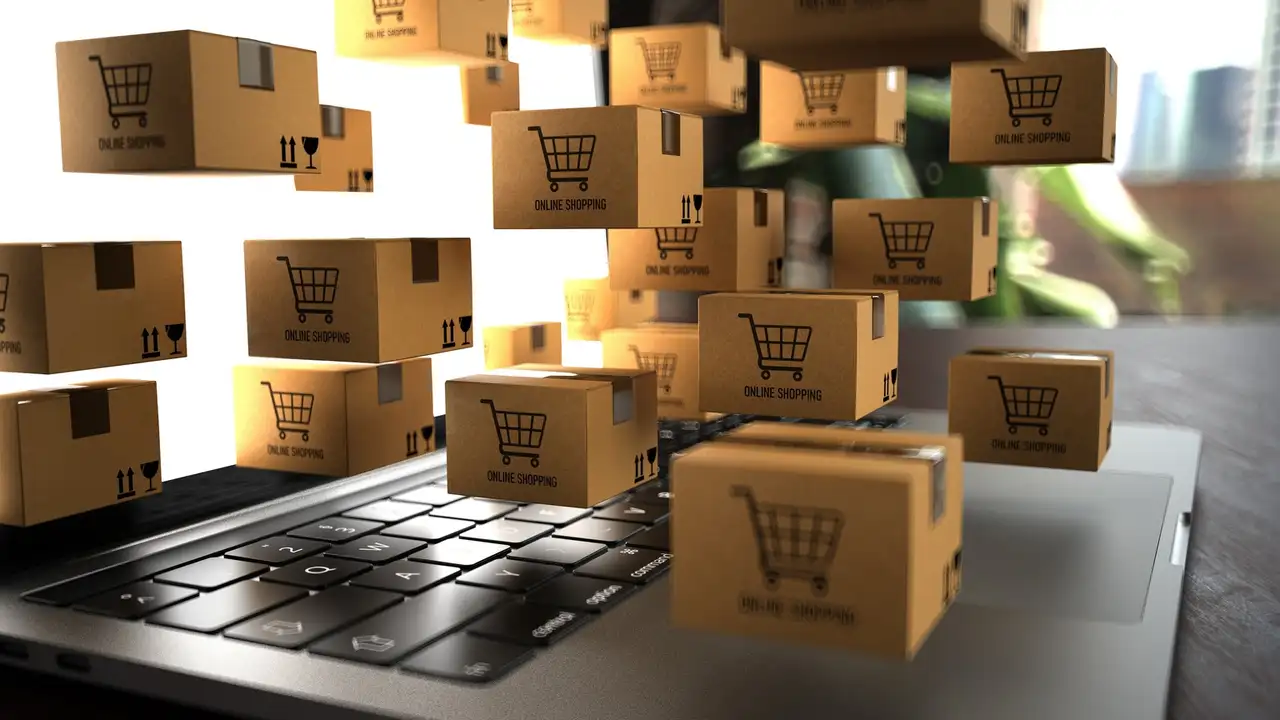First Impressions Start with Packaging in E-Commerce
In today’s fast-paced digital shopping environment, where consumers have endless options and instant access to competing products, the role of packaging in shaping customer experience has never been more vital. In e-commerce, where there’s no physical interaction before delivery, packaging becomes the first tangible touchpoint between the brand and the customer. It’s the very first impression that shapes perceptions of quality, reliability, and brand trust. Unlike in physical retail, online consumers rely on imagery and unboxing experiences to judge value, making packaging a critical aspect of their overall journey.
The Evolution of Unboxing in Online Retail
E-commerce has revolutionized how customers shop, but it has also changed their expectations around how products are presented and delivered. Buyers don’t just want their orders to arrive intact—they expect a pleasant, thoughtful, and often Instagram-worthy unboxing moment. This shift means packaging is no longer just about protection. It now plays a direct role in enhancing user experience, communicating brand identity, and evoking emotion. From the moment a customer receives a parcel on their doorstep, every layer of packaging adds to the perceived value of what’s inside.
Emotional Impact of Thoughtful Packaging
One of the strongest psychological effects of packaging lies in the emotional reaction it triggers. Beautiful, well-crafted packaging creates excitement and a sense of exclusivity, making even a small purchase feel premium. On the other hand, poor packaging—wrinkled boxes, generic labels, or plastic-wrapped products—can feel careless and disappointing. For e-commerce businesses, this emotion is crucial. Unlike brick-and-mortar stores, where ambiance and staff can shape the experience, e-commerce relies heavily on visuals and the tactile feel of packaging to deliver emotional satisfaction.
Brand Identity and Consistency Through Packaging

Brand consistency is another key area where packaging impacts customer experience. A package that reflects the brand’s tone, color palette, values, and promises strengthens trust and customer retention. For instance, if a brand markets itself as eco-conscious but delivers items wrapped in excessive plastic, it instantly creates a disconnect. Consistency across your website, social media, and product packaging reinforces authenticity and shows customers that the brand stands by its values. Cohesive branding also improves recall, increasing the likelihood that a customer will order again or refer a friend.
Packaging Shapes Product Perception
Packaging directly influences product perception, especially in the e-commerce world where consumers can’t touch, feel, or try before buying. A clean, premium-looking package can make even a moderately priced product appear luxurious. It implies care, professionalism, and pride in the product. Conversely, flimsy or oversized packaging may signal that the brand cuts corners or is indifferent to customer expectations. In many cases, the package becomes an extension of the product—especially in industries like fashion, cosmetics, or tech, where aesthetics matter.
Functionality and User Experience
Beyond appearance, functionality and ease of use also contribute to the customer experience. If packaging is difficult to open, lacks clear instructions, or doesn’t protect the product during transit, it leads to frustration. Good packaging design takes into account the customer’s journey from delivery to product use. Resealable packs, tamper-evident seals, or reusable packaging elements not only improve usability but also show that the brand has considered the customer’s convenience. These thoughtful touches build a more satisfying and memorable experience.
Sustainable Packaging Builds Customer Trust
The role of sustainable packaging is growing rapidly, and it directly affects how customers feel about their purchase. In 2025 and beyond, a majority of online shoppers are environmentally conscious and expect their purchases to reflect that. Eco-friendly materials like recycled cardboard, compostable mailers, and minimalistic designs not only reduce environmental impact but also appeal to customer values. When customers feel that a brand aligns with their beliefs—especially sustainability—they’re more likely to become loyal, long-term buyers and brand advocates.
Social Media, Unboxing, and Packaging Shareability
In the world of social media and influencer marketing, packaging is now part of content strategy. A well-designed package is more likely to be featured in user-generated content, unboxing videos, or shared stories. This not only increases brand exposure but also builds organic trust and engagement. People love to share unique, premium, or beautifully designed packaging on platforms like Instagram and TikTok. For e-commerce businesses, this offers a chance to amplify marketing efforts without spending heavily on paid ads—just by investing in thoughtful packaging.
Repeat Customers Are Made Through Experience
Customer retention and loyalty are significantly influenced by packaging. While promotions and discounts may help with first-time purchases, it’s the quality of experience—of which packaging is a major part—that keeps customers coming back. When someone receives a package that surprises or delights them, they’re more likely to remember the brand positively. Even small gestures—like a handwritten thank-you note, a discount card, or eco-conscious wrapping—can create lasting impressions that lead to repeat business and glowing reviews.
Packaging as a Strategic Customer Touchpoint
Ultimately, packaging is a bridge between your brand promise and your customer’s reality. In e-commerce, where tactile and emotional experiences are limited, packaging becomes your best chance to deliver on expectations, create delight, and show customers they made the right choice. By focusing on presentation, sustainability, functionality, and emotional appeal, e-commerce brands can transform a simple delivery into a memorable interaction. In a world where reviews, referrals, and social shares drive growth, packaging has become not just a necessity but a powerful growth engine.
Conclusion
In conclusion, packaging is far more than just a container in the e-commerce world—it’s a storytelling tool, a customer satisfaction driver, and a brand differentiator. Every touchpoint matters, especially when the physical experience of shopping is replaced by a screen and doorstep delivery. Small or large, every e-commerce business must now view packaging as part of the customer journey. By investing in quality materials, smart design, sustainability, and personal touches, businesses can elevate customer experience, build trust, encourage social sharing, and drive repeat purchases. In the digital age, where competition is high and attention spans are short, packaging might just be your most valuable offline marketing tool.

Leave a Reply